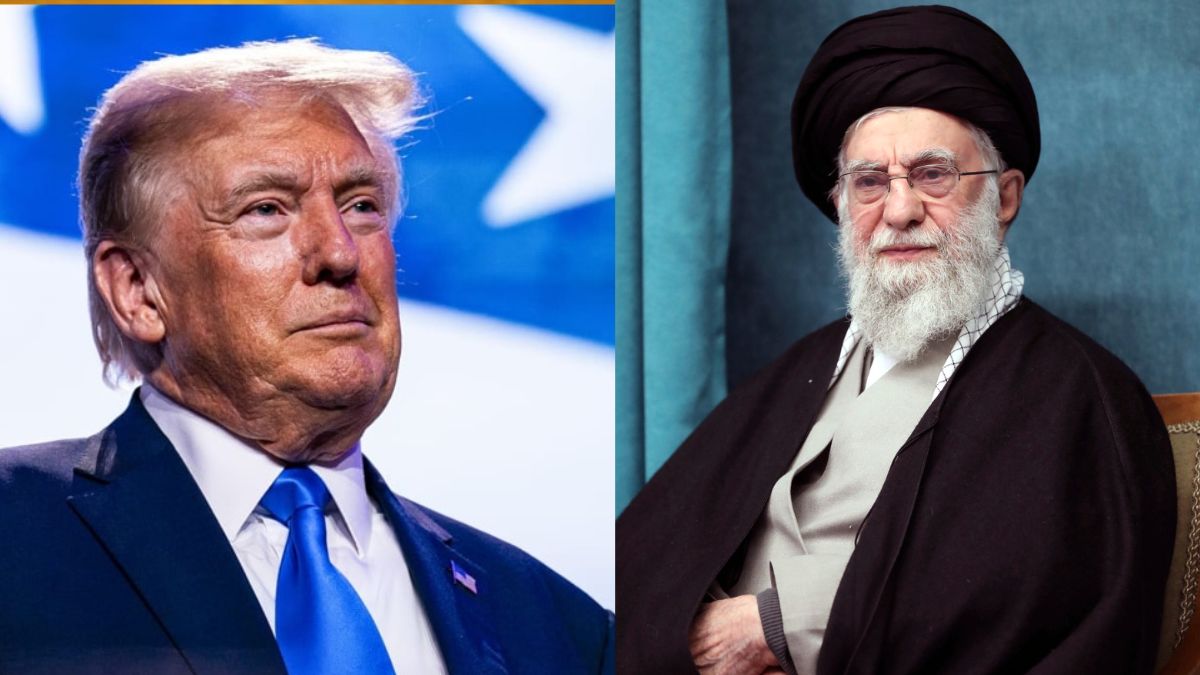Iran has kept up its attacks as Israeli forces launched new strikes on the Islamic Republic’s military sites and airports. Iranian leaders have not yet disclosed how they might target US forces in the region in retaliation for Washington’s attack on Fordow, Natanz, and Isfahan nuclear sites, but they warned American assets were vulnerable.
The US operation on Sunday (May 22), which marked its entry into the conflict, involved 125 aircraft, submarine-launched Tomahawk missiles, and 14 Massive Ordnance Penetrator bombs, striking Iran’s. It was the first time the bunker busters were used in combat.
President Donald Trump said the strikes had a “limited” objective to destroy Iran’s atomic program. Still, he warned that any retaliation on US targets would be met with “far greater” force and hinted at the possibility of regime change.
Markets on alert
The attack and its fallout pushed oil prices up nearly 6 per cent when markets opened in Asia, before easing. Brent crude was trading at $77.65 per barrel as of 8:37 am GMT. US stock futures also fell as investors considered the impact on energy supplies and inflation.
“An expanding conflict adds to the risk of higher oil prices and an upward impulse to inflation,” Bloomberg Economics analysts including Ziad Daoud said in a note.
At the United Nations, Iranian Ambassador Amir Saeid Iravani told an emergency Security Council meeting that Tehran’s response would be determined by “the timing, nature and scale” chosen by its armed forces.
The Islamic Revolutionary Guard Corps said it would keep targeting Israel and pointed to American bases in the region as a weakness, though it stopped short of openly threatening US troops.
Impact Shorts
More ShortsDamage to Iran’s nuclear sites unclear
Although Trump said the three nuclear sites hit by US bombers were “totally obliterated,” US officials acknowledged it was too early to assess the full extent of the damage, particularly at Fordow, which is buried deep underground.
US Defense Secretary Pete Hegseth and Joint Chiefs of Staff Chairman Dan Caine said more time was needed to determine the status of Iran’s enriched uranium stockpile, estimated at more than 400 kilograms enriched to 60 percent.
The International Atomic Energy Agency told the Security Council it had no way to verify the condition of the sites or the location of the uranium.
Strait of Hormuz under watch
Iran’s parliament on Sunday called for the closure of the Strait of Hormuz , a vital waterway for global oil and gas shipments. However, such a decision would require approval from Supreme Leader Ayatollah Ali Khamenei and the Supreme National Security Council.
Iran may also face challenges in organising a direct military response. Russia and China, key allies, have so far offered only statements of support. Russian officials stated their security agreement with Tehran does not include mutual defence. China, which relies on Gulf energy imports, is unlikely to support actions that threaten oil flow or raise prices.
Militias aligned with Iran, long used to conduct regional operations, have also not entered the conflict, leaving Iran increasingly isolated as it weighs its next move.


)

)
)
)
)
)
)
)
)



